
Experts express fears over poor reproduction in donkeys as artificial reproductive techniques fail
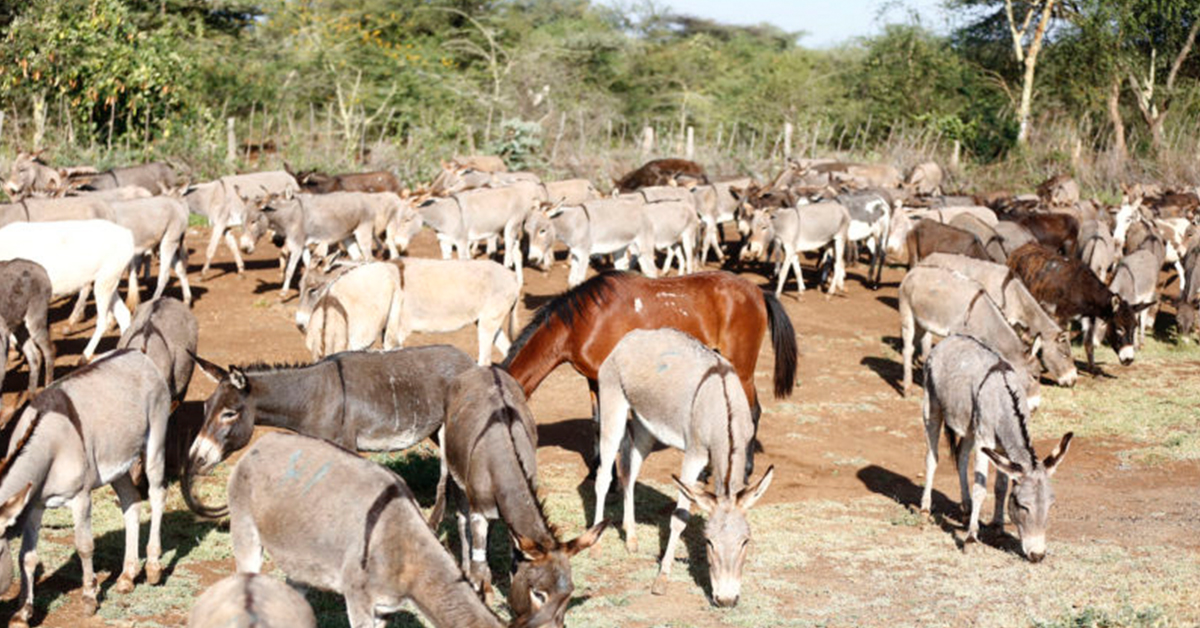
“Unlike dairy cows where Artificial Insemination works, donkeys are free range animals and keeping them in enclosures makes them develop a condition known as hyperlipemia, one of the predominant stress challenges that kills donkeys,”
By Caroline Chebet
Veterinary experts have expressed concern on technicalities in breeding donkeys in East Africa to meet the rising demand for donkey skins in China to run the ejiao industry.
Veterinary officers and experts say coupled up with lack of technologies to breed, little research has been done on donkeys within the region. Donkeys too, experts say, are poor breeders and putting them in enclosures in a bid to breed makes them develop conditions associated with pressures.
“Unlike dairy cows where Artificial Insemination works, donkeys are free range animals and keeping them in enclosures makes them develop a condition known as hyperlipemia, one of the predominant stress challenges that kills donkeys,” Dr. Raphael Kinoti said of Farming Systems Kenya said.
He said research has proved donkeys as fragile hard breeders and although technologies to breed donkeys have been explored in China, little success has been reported.
Donkey populations in East Africa have been dwindling as a result of the huge demand to run the ejiao industry in China that requires 4.8 million skins annually.
Ejiao is a Chinese traditional medicine used in anti-ageing beauty products such as face creams. It is also believed to improve blood circulation and solve reproductive problems.
The growing demand for skins has hit the region resulting collapsing donkey population, growing donkey theft cases and cross-border smuggling. The effects have further crippled economies in rural, arid and semi-arid regions within East Africa. The loss of donkeys to run the global trade has continued to devastate livelihoods that are dependent on donkeys.
According to Dr. Kinoti, the situation could become worse as little research has been done to breed the collapsing populations of donkeys in the region.
“We cannot say there cannot be prospects of breeding donkeys, but they have to be developed over years and researches conducted since keeping them in enclosures is not viable,” he told The Insider.
Before donkey slaughterhouses were banned, Ethiopia had the largest population in the region at 8.8 Million, Kenya at 1.8 Million, South Sudan at 708,414, Somalia at 400,000, Tanzania at 296,660 and Uganda at 150,000. Donkeys in the region summed to over 12 million. The high demand, however has led to dwindling populations and experts say breeding them pose a challenge.
Veterinary expert and researcher at Brooke East Africa James Kithuka said coupled up with no exact gestation period of donkeys, it deems almost impossible to shorten the gestation period of donkeys.
“Donkeys have no exact gestation period and takes between 11 and 14 months depending on the situation they are in. They can either delay or give birth earlier,” Dr Kithuka said.
He said technologies that have since been deployed in several countries have not been viable and while China has invested much in breeding donkeys, their current population still stands at 2.6 Million up from 11 million.
“It is a very expensive venture and while some little researches have been done, more needs to be done to avoid more mortalities of the already collapsing populations,” Dr Kithuka said.
Before Kenya banned donkey slaughter for export in March this year, the annual mean rate of donkeys slaughtered was 5.1 percent, five times higher than the annual donkey population growth rate 1.04 percent.
According to a 2019 report by Donkey Sanctuary titled Under the Skin, donkey breeding is marred with complexities and takes longer to breed since donkeys are hard breeders.
“While good welfare practices can be introduced to donkey farms, the species has complex needs and lengthy reproduction cycles and farming them requires a significant investment of both time and money. In too many cases, farming of donkeys is detrimental to the welfare of a species which has evolved to run in small groups,” the report noted.
The report further argued that it could take 20 years or more to reach the number of donkeys required by the ejiao industry that requires 4.8 million skins annually. Donkey farming, however does not represent a quick return on investment, neither is it a solution to the currently dwindling supply of donkeys.
“Based on this highly optimistic model, which assumes excellent welfare, a foal born to a breeding female every 17 months and only one percent mortality, a farming system with an initial herd of 200,000 female donkeys would take 15 years to supply 1.2 million skins that represents only one quarter of the approximately 4.8 million skins needed annually to sustain the industry,” it notes.
The report notes that it is almost impossible to build dedicated farms capable of meeting demand and that promises of a quick return.
“While these business plans are plainly unrealistic and unprofitable, the greater danger posed by the presence of farms is the risk that these farms act as a cover for an often-illegal offtake and therefore impact on the national herd,” the report notes.
According to donkey charity welfare organisation Brooke East Africa CEO Enf Fred Ochieng, donkey slaughter for export to run in the region has led to dwindling populations that has led to cross-border smuggling and theft.
“Donkey slaughter in East Africa has had disastrous effects. The demand is so high that it has led to unregulated slaughter where the abattoirs surpass their daily licensed capacities. It has led to rising cases of donkey thefts and cross border smuggling in less than five years,” says Eng. Ochieng said.

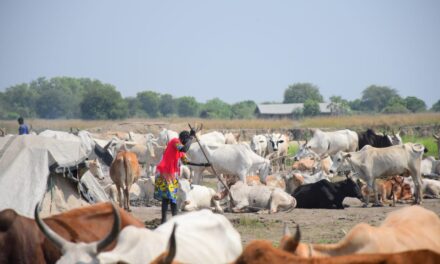

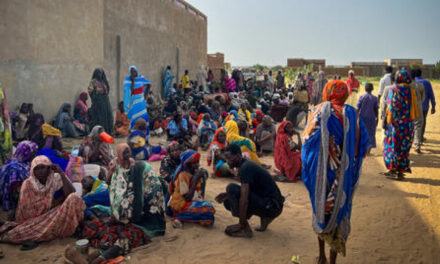


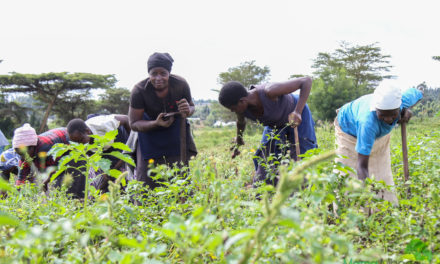


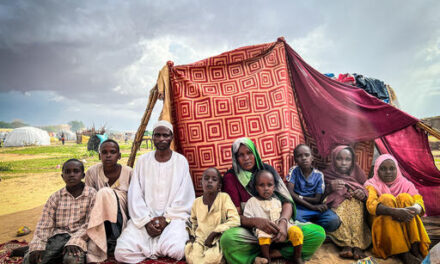
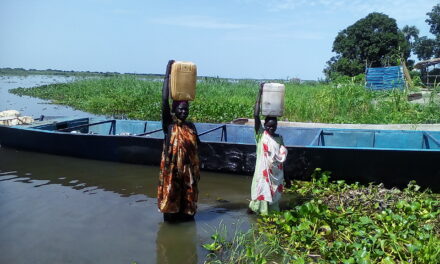
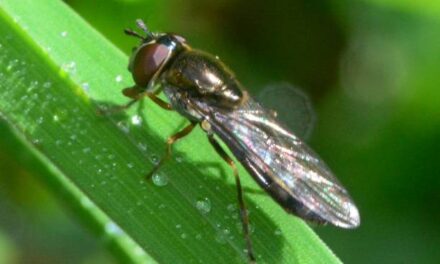





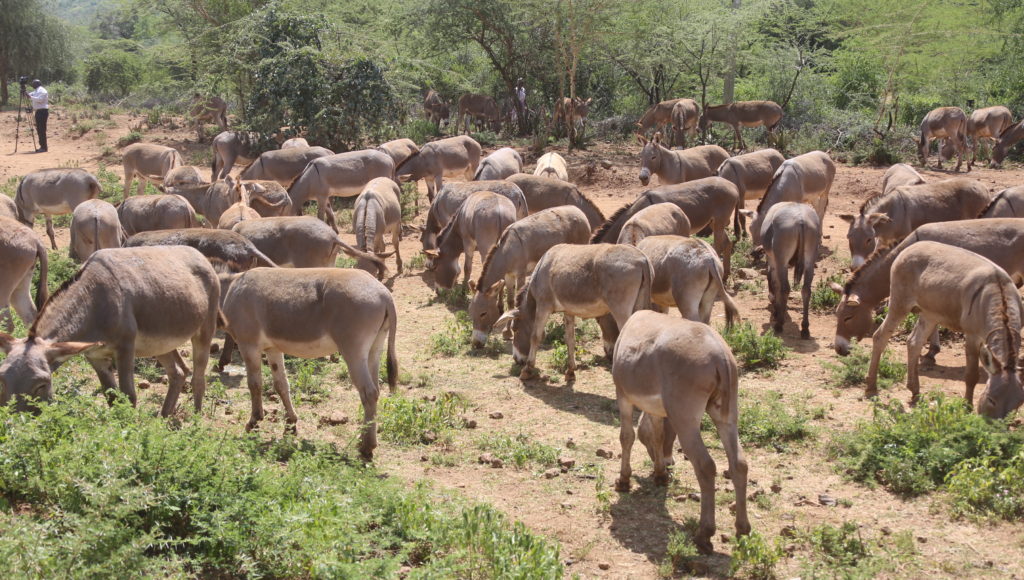
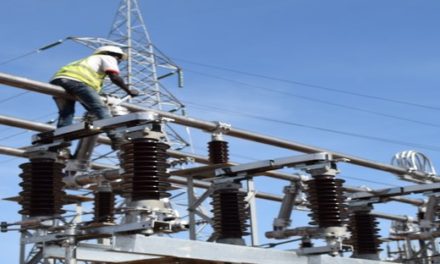

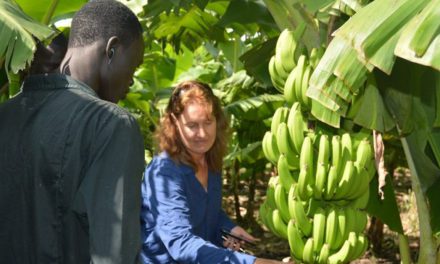
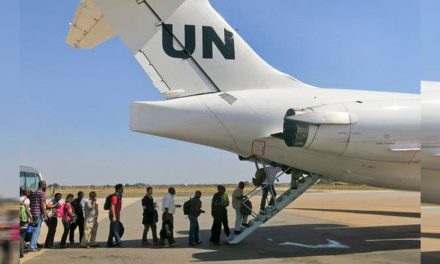
Recent Comments